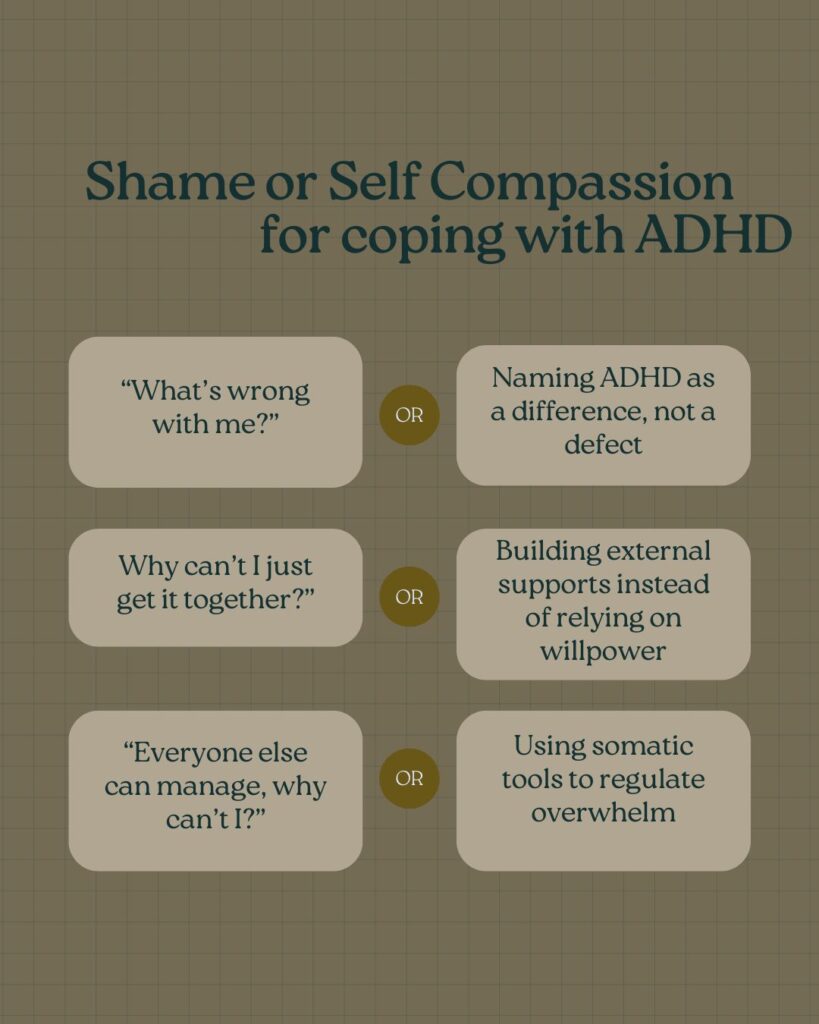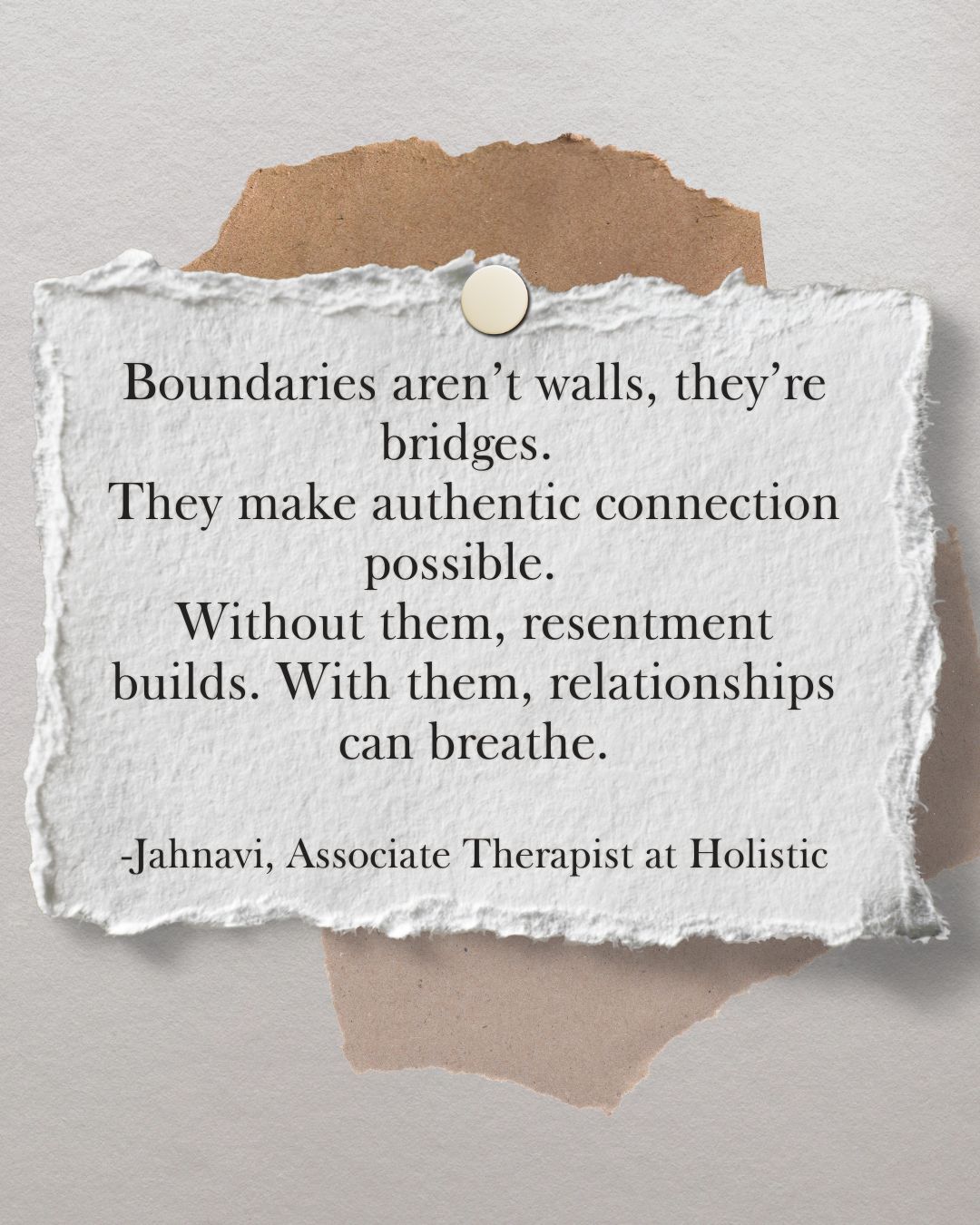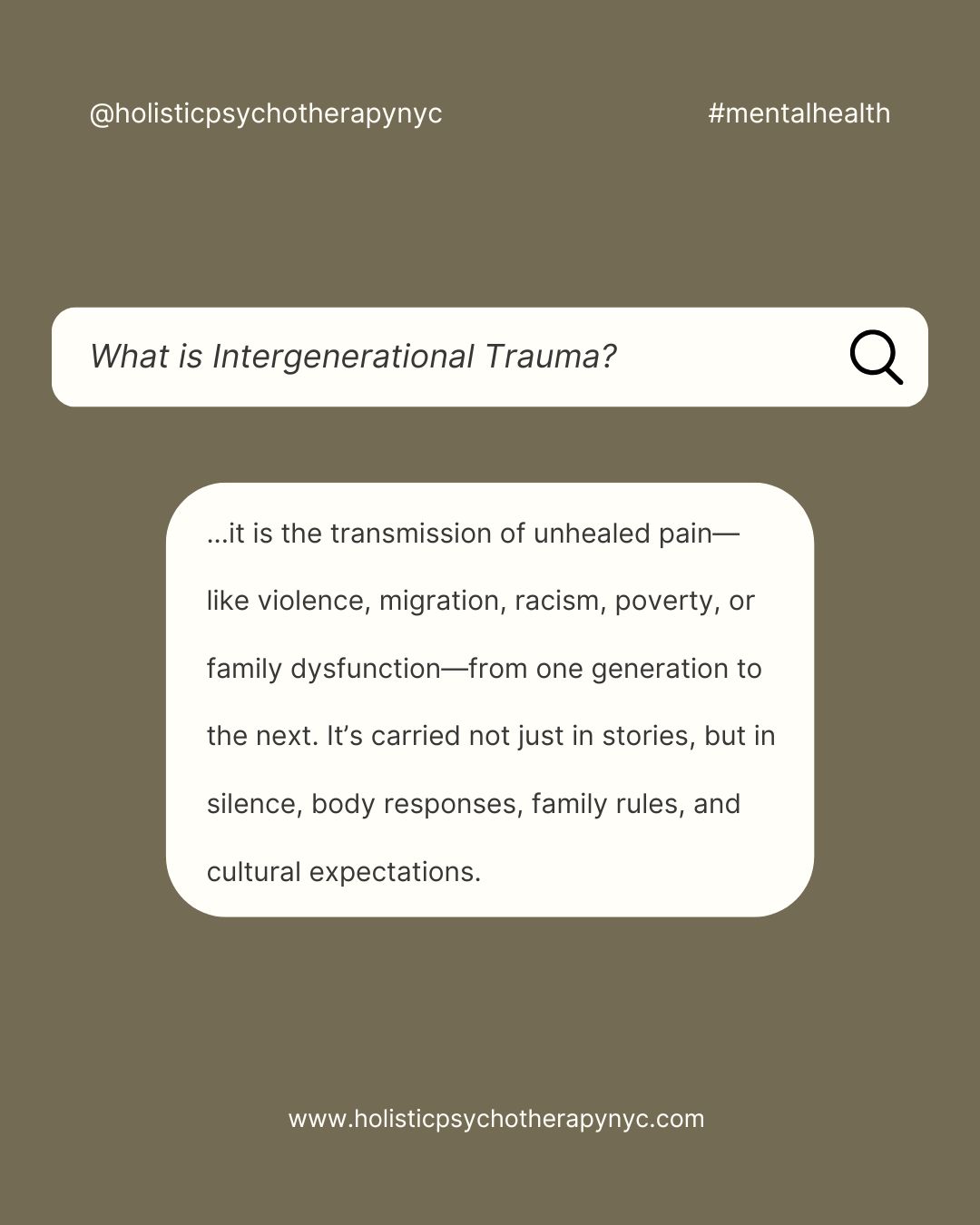More Than Being ‘Forgetful’ or ‘Lazy’
Your Google calendar is color-coded to perfection. At work, you’re known as the person who has it all together. But behind that polished exterior, you’re exhausted. It takes constant mental gymnastics to keep everything from slipping through the cracks.
However, what looks like high-functioning perfectionism might (emphasis on might) actually be something deeper: undiagnosed ADHD in adults. Research shows that women often navigate years—or even decades—without recognition or support. And while ADHD is often discussed in terms of attention, impulsivity, or distractibility, the weight many adults actually carry is quieter, stickier, and harder to name: shame.
ADHD Isn’t Laziness
ADHD isn’t about being “lazy” or careless. It’s a neurodevelopmental condition with a strong genetic component. The brain regions that regulate focus, emotion, and motivation function differently, which means daily life can feel like running on a different operating system than everyone else.
For many women, ADHD doesn’t look like bouncing off the walls. It looks like constant over-preparation, color-coded calendars, and exhaustion from keeping every ball in the air. Because ADHD in women often shows up as forgetfulness, disorganization, or emotional intensity—rather than the disruptive hyperactivity more visible in boys—it’s often overlooked or misdiagnosed as anxiety or depression.
In adulthood, the pressure to juggle multiple roles—career, household, caregiving—magnifies the challenge. Because society still teaches women to appear competent, selfless, and composed, many overcompensate. Perfectionism becomes the mask: if you can appear organized enough, controlled enough, successful enough, maybe no one will see the chaos underneath.
But the cost is high. What looks like “high functioning” on the outside often hides shame on the inside: the lingering belief that you’re lazy, messy, or failing at what comes “easily” to everyone else.
ADHD is also physiological. The nervous system swings between states of hyperarousal (racing thoughts, restlessness, intense focus) and collapse (mental fog, overwhelm, exhaustion). This isn’t about willpower. It’s the body trying, over and over, to find balance.
The Shame Spiral
Shame doesn’t sound like “I made a mistake.” It sounds like:
-
“What’s wrong with me?”
-
“Why can’t I just get it together?”
-
“Everyone else seems to manage, why not me?”
Missed deadlines → self-blame → frantic hyperfocus to overcompensate → burnout. Then the cycle repeats. Over time, this spiral shapes identity. Instead of seeing ADHD as a brain-based difference, many adults come to believe they are fundamentally flawed.
What others dismiss as “procrastination” may actually be fear of failure. What looks like emotional outbursts can be the crash after masking needs all day. These struggles are not character flaws. They’re survival strategies in a world not designed for ADHD brains.
Cultural Overlays: Mislabels That Stick
In many families and cultural contexts, ADHD isn’t recognized as a legitimate condition. Instead, behaviors are mislabeled:
-
Forgetfulness is called “irresponsibility.”
-
Restlessness becomes “not knowing how to sit still.”
-
Emotional intensity is framed as being “too sensitive” or “difficult.”
These labels stick. Instead of being understood as signs of a differently wired nervous system, children absorb the message that they are lazy, careless, or troublemakers.
Cultural attitudes toward mental health make this even heavier. In many Asian and immigrant families, academic achievement and conformity are prized. A child who struggles with focus or organization may be seen as not working hard enough, rather than needing support for ADHD diagnosis or treatment. That stigma not only delays recognition but also reinforces the belief that struggles are personal failings.
For many, perfectionism becomes the armor. If every mistake brings criticism, the response is to avoid mistakes at all costs. Immaculate organization systems, over-preparation, or relentless self-monitoring aren’t just quirks—they’re survival strategies. Perfectionism masks the fear of being “found out” as inadequate and temporarily quiets the shame of being misunderstood. But it’s also exhausting.
Healing ADHD Shame: Rewriting the Story of Enough
The path forward isn’t about “fixing” yourself. It’s about reclaiming a story that shame has stolen.
-
Compassionate Reframing: Naming ADHD for what it is can lift years of self-blame. You’re not broken—you’ve been running with the wrong map.
-
External Supports: Systems, reminders, coaching, and medication (when appropriate) create scaffolding so you don’t rely solely on willpower.
-
Nervous System Regulation: Somatic tools like grounding breath, movement breaks, or even pausing to feel your feet on the floor help interrupt spirals of overwhelm.
-
Therapeutic Space: Therapy offers a place to untangle shame, question inherited cultural narratives (“Whose voice says I’m lazy?”), and practice new ways of relating to yourself.
Healing doesn’t mean becoming perfectly consistent or endlessly productive. It means learning that you are more than your mistakes, that rest is not failure, and that your worth was never meant to be measured by output.
ADHD may shape how you move through the world, but shame doesn’t have to define your story. When you begin to see your patterns not as evidence of brokenness but as adaptations, space opens for self-compassion.
If you’ve ever wondered whether your exhaustion, perfectionism, or self-doubt may be more than “not trying hard enough,” you’re not alone. At Holistic Psychotherapy NYC, our therapists create a compassionate space to explore ADHD, shame, and self-worth. We integrate relational, somatic, and trauma-informed approaches to help you move from self-blame toward self-understanding. Whether in-person near Grand Central or online across New York, we’re here to support your path to clarity and compassion. Get Started Today.



